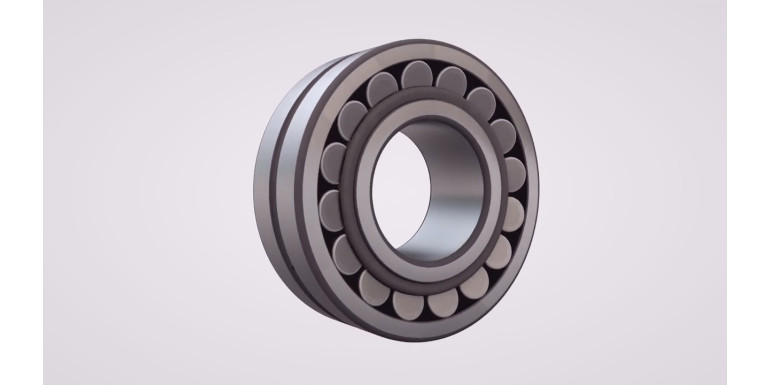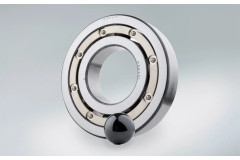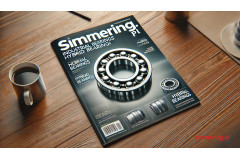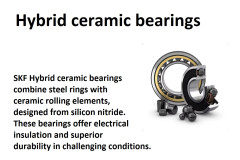
Mounting and Dismounting of SKF Spherical Roller Bearings with a Cylindrical Bore
When dealing with SKF spherical roller bearings with a cylindrical bore, proper mounting and dismounting procedures are critical to ensure optimal performance, prevent damage, and prolong the lifespan of the bearing. This guide provides practical steps and tips to carry out these operations effectively.
1. Preparation
Before beginning the process, ensure that you have the necessary tools and workspace:
- Tools: Hydraulic tools, feeler gauges, appropriate wrenches, and mounting sleeves.
- Workspace: A clean, dry, and organized area to prevent contamination and facilitate smooth handling.
- Inspection: Check the bearing, housing, and shaft for any damage or contaminants before proceeding.
2. Mounting of SKF Spherical Roller Bearings
Step 1: Shaft Preparation
- Clean the shaft thoroughly to remove dust, grease, or other contaminants.
- Inspect the shaft for wear, scratches, or other irregularities.
- Measure the shaft diameter to confirm it matches the bearing specification.
Step 2: Aligning the Bearing
- Apply a thin layer of oil to the shaft and bearing bore to reduce friction during mounting.
- Align the bearing carefully on the shaft to avoid uneven pressure or damage to the rollers.
Step 3: Pressing the Bearing
- Use a hydraulic press or mounting sleeve to press the bearing onto the shaft gently.
- Ensure even pressure distribution by applying force only to the inner ring.
- Regularly check the position of the bearing to maintain proper alignment.
Step 4: Securing the Bearing
- Secure the bearing with lock nuts or other retaining devices as recommended by the manufacturer.
- Use a feeler gauge to check the clearance between the rollers and the raceway to ensure proper fit.
3. Dismounting of SKF Spherical Roller Bearings
Step 1: Preparation
- Ensure the machine is powered off and properly isolated.
- Clean the area around the bearing to remove dirt and debris.
Step 2: Applying Hydraulic Pressure
- Use a hydraulic puller or oil injection method for easy dismounting.
- Apply the appropriate force on the inner ring, avoiding contact with the rollers and outer ring to prevent damage.
Step 3: Removing the Bearing
- Carefully extract the bearing using the puller, maintaining steady force to avoid sudden movements.
- Inspect the bearing for any signs of wear or damage and store it properly if it is to be reused.
4. Key Tips for Success
- Always follow the SKF guidelines and specifications for mounting and dismounting.
- Maintain a contamination-free environment to prevent dirt or debris from entering the bearing.
- Use proper lubrication to reduce friction during mounting and ensure smooth operation.
- For large bearings, consider using advanced methods like induction heating to expand the inner ring for easier mounting.
5. Why Proper Procedures Matter
Improper mounting or dismounting can lead to:
- Misalignment
- Reduced bearing life
- Equipment failure
- Increased operational costs
By following the recommended procedures and using SKF-approved tools, you ensure the bearing performs reliably under demanding conditions.
6. Watch Our Tutorial Video
To see the process in action, watch our comprehensive tutorial video on mounting and dismounting SKF spherical roller bearings with a cylindrical bore. The video provides step-by-step guidance to simplify the procedure and ensure success.
Conclusion
Correct handling of SKF spherical roller bearings is a critical part of maintaining the efficiency and longevity of your machinery. By adhering to these guidelines, you can ensure safe and effective mounting and dismounting operations, reducing downtime and optimizing performance.
For more tips and resources, explore our blog or contact us directly for expert advice!




Leave a Reply Cancel Reply